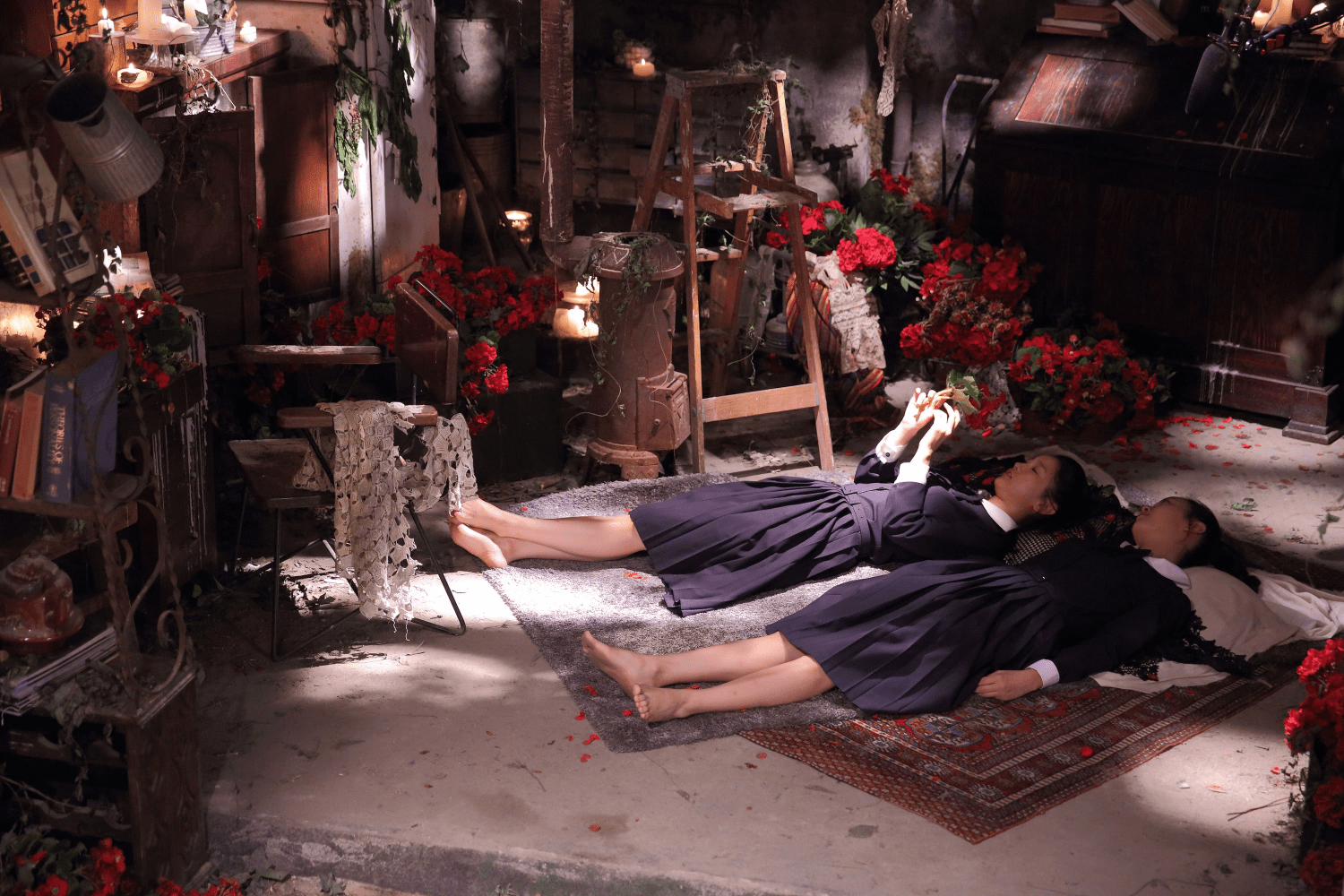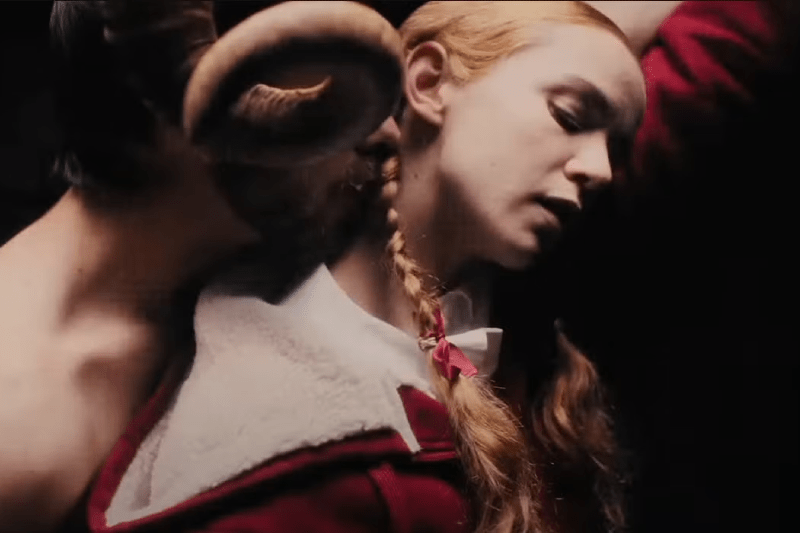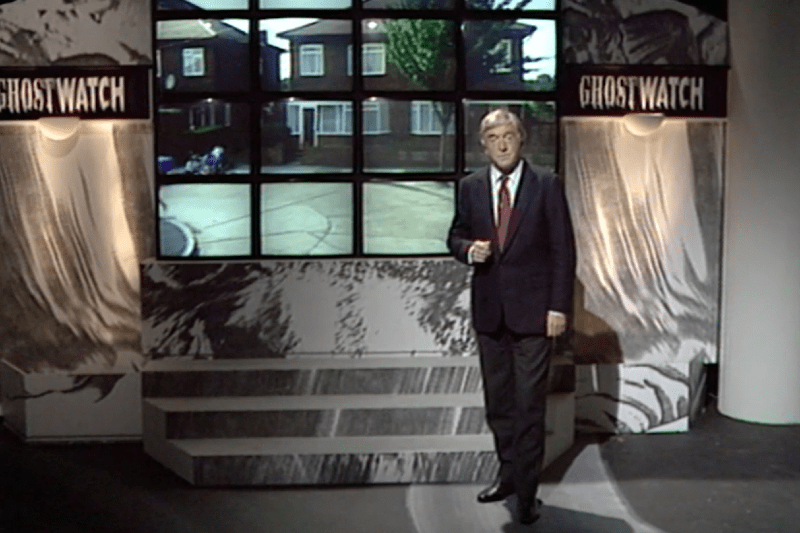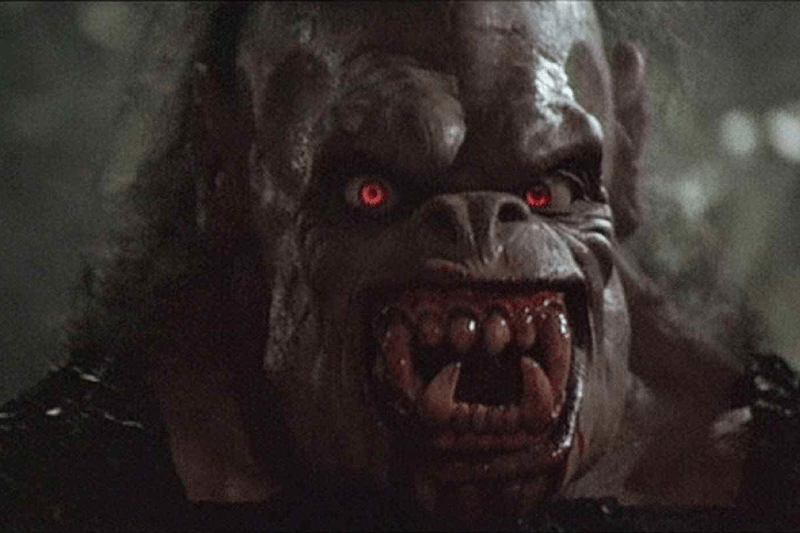Here's to the endless streaming menu scroll. Some nights, I choose to forgo critical consensus, or even word-of-mouth, and instead opt to enter the wild west of thumbnail images and two-sentence summaries in the “horror” category. Sometimes I stumble upon unexpected scares. More often, I find total duds. And sometimes, if I’m really lucky, I uncover something like The Silenced (2015), the third feature from Lee Hae-young. This film (in Korean, Gyeongseong Hakgyo: Sarajin Sonyeodeul) is a thrilling genre hybrid that stands head and shoulders above its horror-roulette competition.
Imperialistic Horrors
The Silenced is a boarding school-set story that takes place in 1938 Korea, when the nation was under Japanese rule and World War II was imminent. Initially presenting itself as a coming-of-age drama, The Silenced follows chronically ill Shizuko (Park Bo-Young) as she joins the class at an all-girls boarding school. Soon, Shizuko begins to notice that something’s amiss in her new home. The students—most of whom are either sickly or orphans—all take blood-red pills at the cruel headmistress’ (Uhm Ji-Won) command.
In place of traditional tests and courses, the girls learn to embroider cherry blossoms and practice jumping as far as they can, all in hopes of winning a prize trip to Tokyo. Strangest of all, Shizuko learns that a student mysteriously withdrew from classes just before she arrived, and her Japanese name was Shizuko too.
Hae-young, who co-wrote the film’s script with Yoo-jin Kim, doesn’t initially draw attention to the story’s political and historical context, but he alludes to it at every turn. Rich red accents turn up in nearly every scene, dangerous and emphatic. At first, they seem to symbolize female adolescence, but when a Japanese military official appears on screen for the first time, the red on his uniform gleaming, the parallels become obvious.
In one scene, a girl even splits open a ball of white rice with red filling inside, perfectly mirroring the geometric visuals of the Japanese flag. The girls may be controlled by domineering school officials, but their homeland is under outside rule as well.
What starts off as an apparent coming-of-age story soon evolves into a Gothic mystery, then a queer-coded romance, then a thrilling horror-sci-fi mashup. While juggling multiple genres can sometimes make a film weaker, The Silenced expertly folds in each new angle like a baker folds in dough; the final product is smooth and satisfying.
Tenderness in the Dark
The sleekly edited, intricately designed film calls to mind Gothic classics like Jane Eyre and Rebecca, but it perhaps shares the most cinematic DNA with the works of Guillermo del Toro. It’s light on traditional scares, but isn’t afraid to make you jump, gasp, or cringe when the situation calls for it. As with del Toro’s best works, it also empowers outsiders, laying bare the world’s strangeness and injustice all the while.
New girl Shizuko soon finds her counterpart and sole ally in Kazue, played with transfixing charisma by Parasite’s Park So-dam. The pair’s relationship is charged from their very first meeting, when Kazue touches the spot on Shizuko’s face where the headmistress just slapped her and declares that her face is still warm from the sting. Kazue then feeds Shizuko a bright red candy, placing it tenderly in her mouth.
From there, the two strike up an intense friendship. The scenes in which Shizuko and Kazue find refuge from the school’s danger together are some of the film’s atmospheric best. They steal away to a secret garden that’s shrouded in cobwebs. They sneak away to a moss-covered boat on a serene pond. They share secrets and whispers in the dark.
“Why are you so nice to me?” Shizuko asks at one point, to which Kazue answers, “Because you look weak, and because you are very odd.” At its most idyllic moments, The Silenced is about the beauty that comes with weakness and vulnerability, but as it unfolds, it also finds horror in the way physical weakness is treated.
The Power of Caretaking
A classmate is rocked with grotesque, unnerving seizures, then disappears from the school entirely. Shizuko begins to see a specter of a drowned girl, a gwisin, and school officials respond to her panic by upping her drugs. Kazue’s backstory, when finally revealed, takes on the shame and fear that often go hand in hand with illness.
Horror films often reckon with mental illness, but rarely address physical disability with any particular degree of success. The Silenced, on the other hand, centers physical disability, with much of its core conflict coming from the headmistress’ attempts to control the girls under the guise of curing their illnesses. Shizuko never puts a name to her own sickness, but a classmate witnesses her bloody cough and assumes it’s tuberculosis.
As someone who lives with chronic illness, I found myself empathizing with Shizuko’s frustration at her physical shortcomings and relishing the idea of Kazue’s answer to her question. In a world that isolates and manipulates those perceived as “weak”—which in The Silenced, includes not only the ill, but also the female, queer-coded, and the culturally colonized—these two girls build a relationship based on caretaking and mutual appreciation.
Theirs is an innocent romance, but it’s presented as a romance nonetheless, one that thrives on meaningful gifts and shared solitude. While The Silenced eventually veers into the climactic violence expected of a genre film, its thoughtful treatment of chronic illness and disability shouldn’t be forgotten.
Conclusion
Shizuko is eventually given a specialized treatment that makes her stronger than she ever expected, leading the film into a truly surprising—and best left unspoiled—final act. In one scene, she flexes during intravenous treatment, and her blood briefly flows up backwards into the IV tube. It’s a simple image, but one that deftly encapsulates the film’s themes of strength and weakness. She’s fragile, but she’s also capable.
So much of The Silenced is like the above scene: immersive and surprising, visually striking and emotionally resonant. Lee Hae-young’s Gothic tale audaciously presents a half-dozen different major themes, each with a haunting tenderness that lingers as the credits roll. Fair warning: once you discover this hidden treasure, you might find yourself doomed to endlessly scroll through streaming sites, forever searching for its equal.
Visit our Editorials page for more articles like this. Ready to support more original horror criticism? Join the Certified Forgotten Patreon community today.





